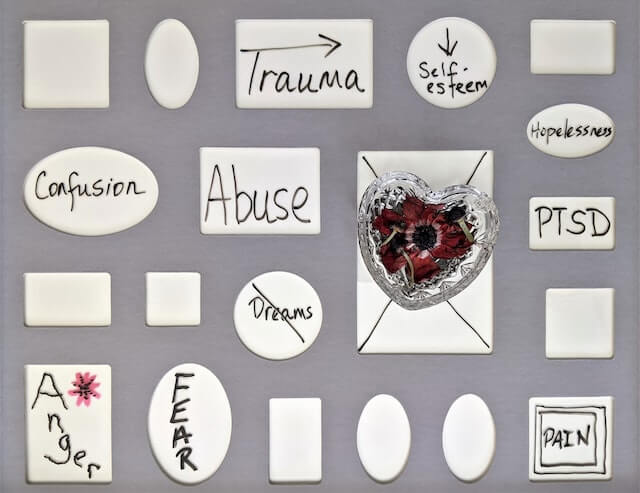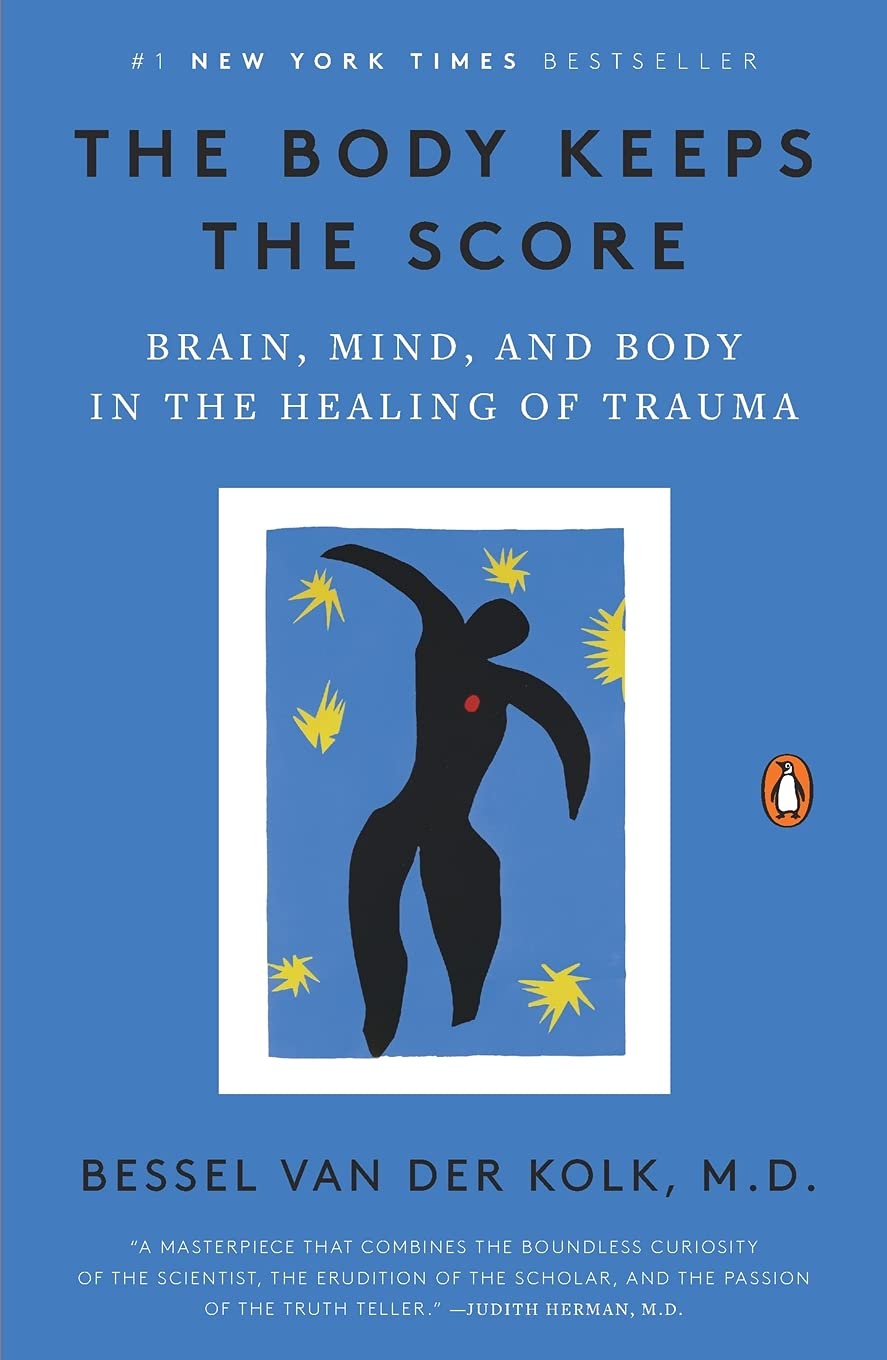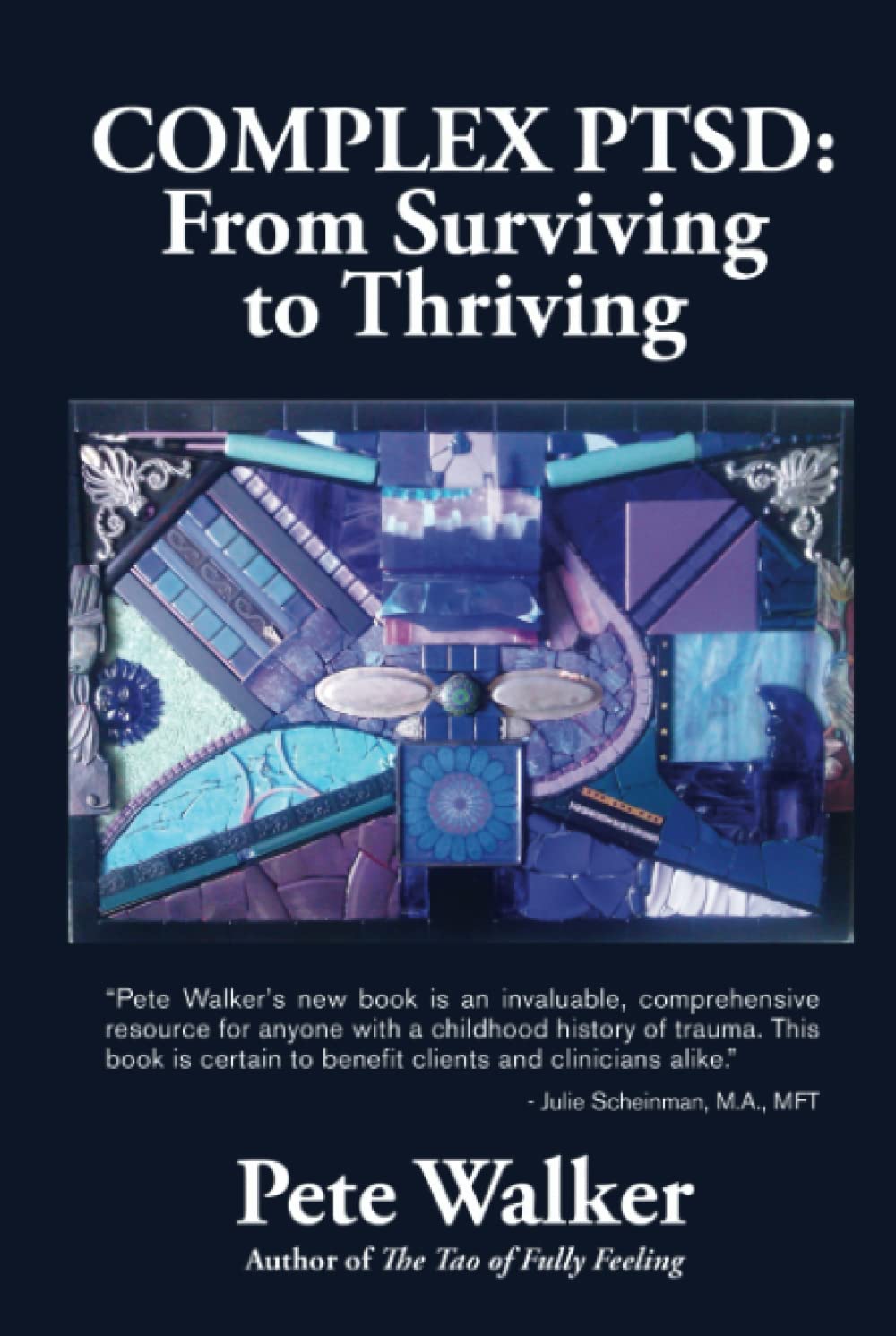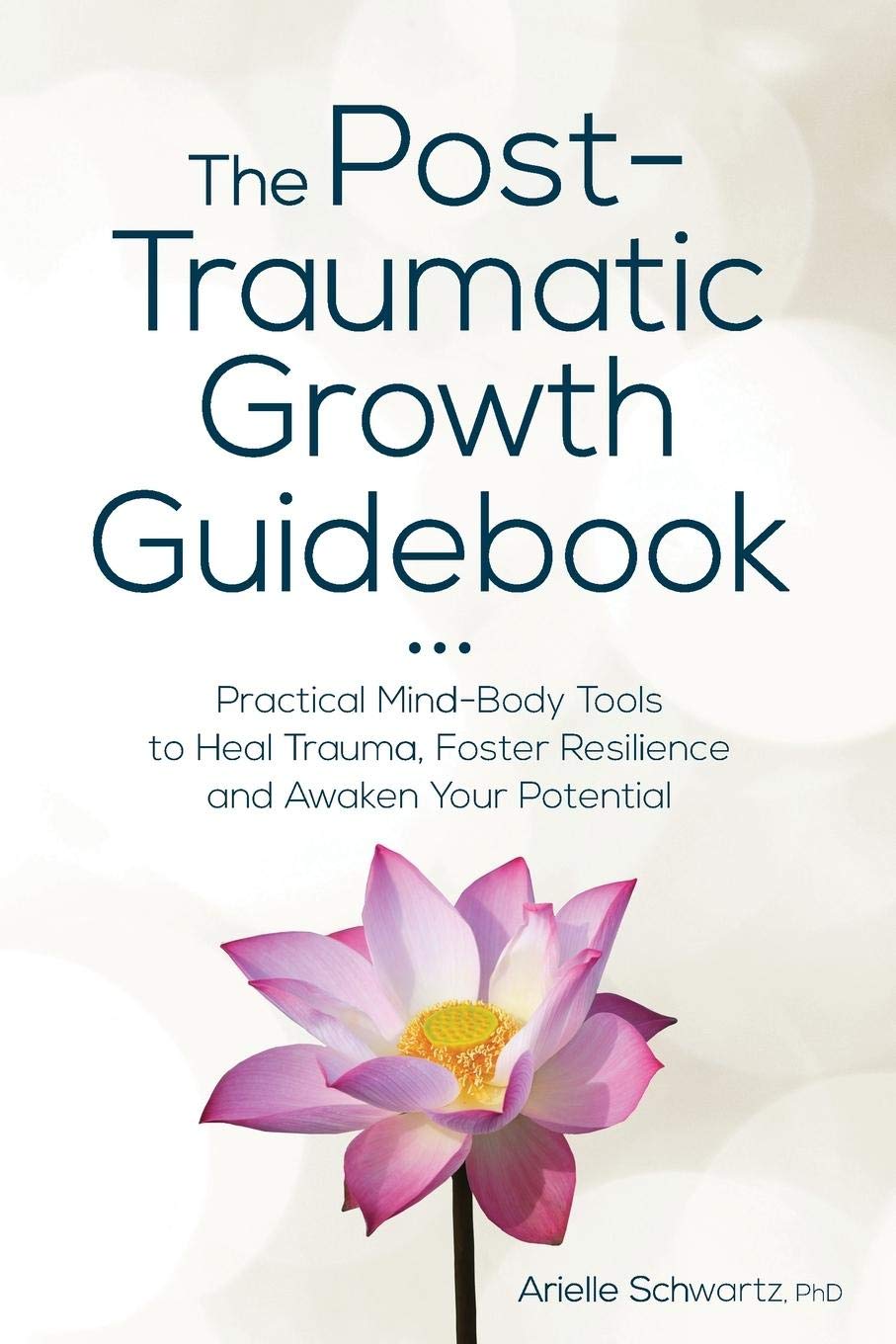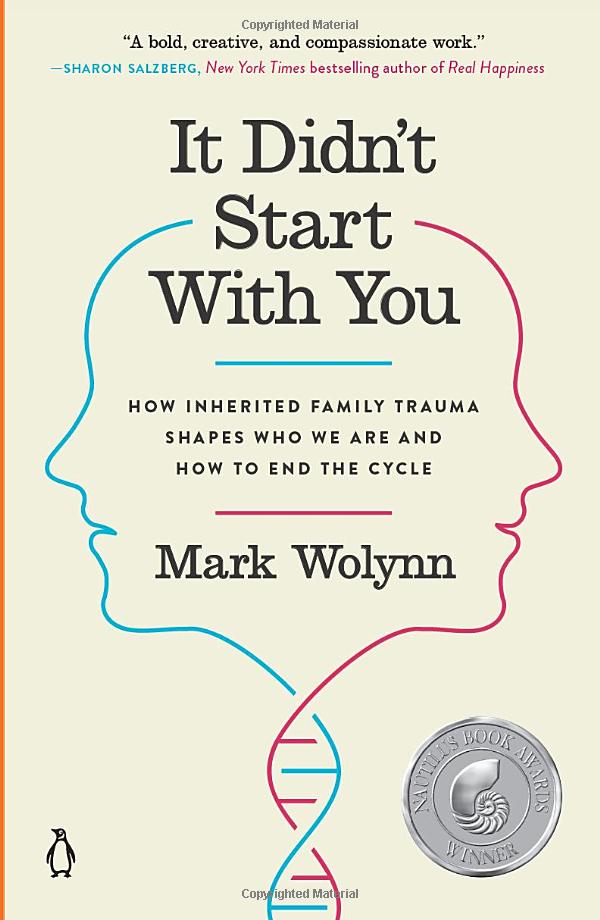Trauma is a form of psychological distress that can have long-lasting and debilitating effects on an individual. It can manifest in different ways, such as physical pain, difficulty sleeping or concentrating, and even nightmares. If you are struggling to cope with the aftermath of trauma, then it is important to understand the various strategies available for recovery to find what works best for you. This article will discuss some of the most proven methods for recovering from trauma.
1. Brainspotting therapy
Brainspotting is a form of trauma-focused therapy that can help individuals process their traumatic experiences and gain greater self-awareness. It works by helping people to identify areas in their brain that are associated with the trauma, allowing them to reconnect with the feelings triggered by the event. Through this approach, they can develop a greater understanding of themselves, their relationships, and the world around them. It is particularly effective for treating PTSD as well as other forms of psychological distress. The brainspotting process typically involves the therapist and client engaging in a series of guided conversations that are designed to help the individual uncover the source of their distress. It is important to note that this type of therapy should be conducted in a safe and supportive environment to ensure the best possible outcome.
2. Mindfulness-based stress reduction (MBSR)
Mindfulness-based stress reduction (MBSR) is an evidence-based practice that has been clinically proven to help people recover from trauma. It is a form of cognitive therapy that utilizes mindfulness practices such as meditation and mindful breathing to help individuals reduce their levels of stress, anxiety, and other negative emotions associated with trauma. MBSR is particularly effective for treating depression, PTSD, and other mental health issues related to trauma. The process typically involves specialized instruction in meditation techniques such as focusing on the breath or body relaxation exercises. Clients are also encouraged to observe their thoughts without judgment and accept them as they arise.
3. Cognitive-behavioral therapy (CBT)
Cognitive-behavioral therapy (CBT) is a form of psychotherapy that focuses on examining the relationship between thoughts, feelings, and behaviors. It is highly effective in helping people recover from trauma by teaching them effective coping strategies that can help them manage their emotions and reduce their symptoms. During CBT sessions, clients are encouraged to explore the impact of their traumatic experiences on their thoughts and behavior, as well as identify and challenge any negative or irrational beliefs they may have about themselves or the world around them. The goal is to develop more adaptive ways of thinking and behaving that will enable individuals to move forward from their past experiences.
4. Eye Movement Desensitization and Reprocessing (EMDR)
Eye Movement Desensitization and Reprocessing (EMDR) is a type of therapy that has been used to help people process traumatic experiences. It utilizes guided eye movements as well as other body-based techniques to help individuals access and reprocess the emotions associated with their traumatic event. During EMDR sessions, clients will be asked to bring up an image of the trauma they experienced and then focus on different aspects of it while moving their eyes in a back-and-forth pattern. This technique can be used to reduce levels of distress associated with the trauma, allowing individuals to better cope with their emotional reactions.
5. Somatic Experiencing
Somatic Experiencing is a form of trauma therapy that focuses on helping individuals reconnect to their bodily sensations to process and heal from the experience. It works by teaching clients how to recognize when they are feeling overwhelmed and then providing them with strategies to regulate their body, mind, and emotions. This approach can be particularly helpful for those who have experienced recent traumatic events or experiences as it can help them gain greater insight into the physical sensations associated with their distress.
6. Narrative therapy
Narrative therapy is a type of psychotherapy that focuses on helping people change their concept of self by looking at their life through stories and metaphors. It is particularly useful for individuals who have experienced trauma, as it can help them make sense of their experiences and develop new perspectives. In narrative therapy sessions, the therapist will typically use a combination of open-ended questions and storytelling to help clients gain insight into their traumatic event and explore how it has impacted the way they view themselves. This approach can be an effective way to reduce symptoms associated with trauma such as guilt, shame, or intense emotional reactions.
7. Support groups
Support groups are another option for those seeking to recover from a traumatic experience. These groups provide a safe space for individuals to share their stories and connect with others who have similar experiences. They offer emotional support and validation, as well as practical advice on how to cope with the impact of trauma. Support groups can also be beneficial as they often include activities or discussions that can help individuals gain insight into their own emotions and behavior. It is important to note that it is not always necessary to attend a support group to heal from trauma, but it can be a helpful resource for those who need additional support.
8. Lifestyle changes
Finally, lifestyle changes can also be an effective way to recover from trauma. As difficult as it may be, making positive changes in one’s diet, exercise routine, sleep habits, and stress-management techniques can have a significant impact on how one cope with the aftermath of a traumatic event. Additionally, engaging in activities that bring joy and pleasure or connecting with supportive friends and family members can help individuals find new meaning and purpose and assist them in their journey toward healing.


